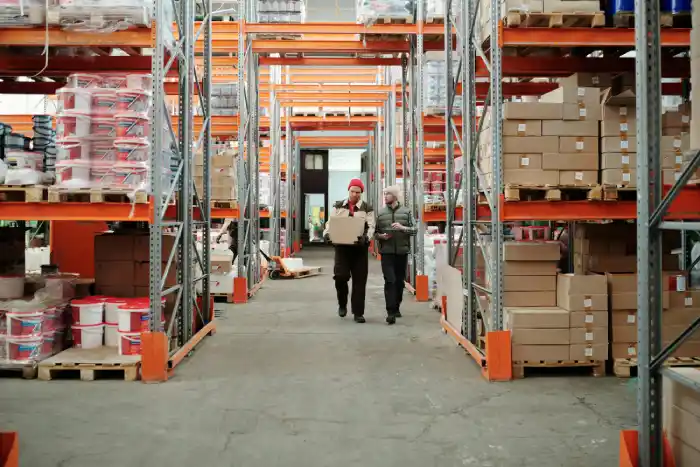Effective warehouse management is essential for ensuring smooth operations, reducing costs, and improving customer satisfaction. Implementing the right strategies and technologies can transform your warehouse into a highly efficient hub. In this article, we’ll cover key warehouse management systems, inventory control and optimization, automation technologies, and safety standards and compliance all critical elements for success.

Key Warehouse Management Systems
Operations can be made more efficient with the help of warehouse management systems (WMS). They assist in organizing warehouse forklift operations, managing warehouse picking and packing software, and optimizing package storage. A robust WMS offers real-time tracking, inventory accuracy, and efficient task scheduling, which minimizes errors and maximizes productivity.
By integrating WMS with your warehouse loading and unloading management processes, you can significantly reduce downtime and improve overall workflow. Modern systems also support food production packaging requirements, ensuring compliance with industry standards and maintaining product quality.
Inventory Control and Optimization
Inventory control is the backbone of management. Accurate inventory tracking prevents stockouts and excess inventory, saving costs and enhancing customer satisfaction. Employing best practices such as regular cycle counts, ABC analysis, and demand forecasting helps maintain optimal inventory levels.
Optimizing packaging storage by organizing goods based on demand frequency and size can reduce picking times and improve space utilization. Leveraging warehouse forklift equipment efficiently also contributes to safer and faster inventory movement within the facility.
Automation Technologies
Automation is revolutionizing management. Technologies like automated guided vehicles (AGVs), robotic picking systems, and conveyor belts reduce manual labor and increase speed and accuracy. Integrating automation with warehouse picking and packing software ensures that orders are fulfilled quickly and correctly.
Automation also improves warehouse loading and unloading management by streamlining material flow and reducing human error. For food production packaging, automation guarantees consistent packaging standards and hygiene, critical for compliance and consumer safety.
Safety Standards and Compliance
Maintaining safety standards is crucial in any warehouse environment. Compliance with occupational safety regulations protects workers and prevents costly accidents. Proper training in warehouse forklift operation, use of personal protective equipment (PPE), and safe packaging storage practices minimize risks.
Adhering to safety protocols during warehouse loading and unloading management prevents injuries and equipment damage. In industries like food production packaging, compliance with health and safety standards is mandatory to ensure product integrity.
